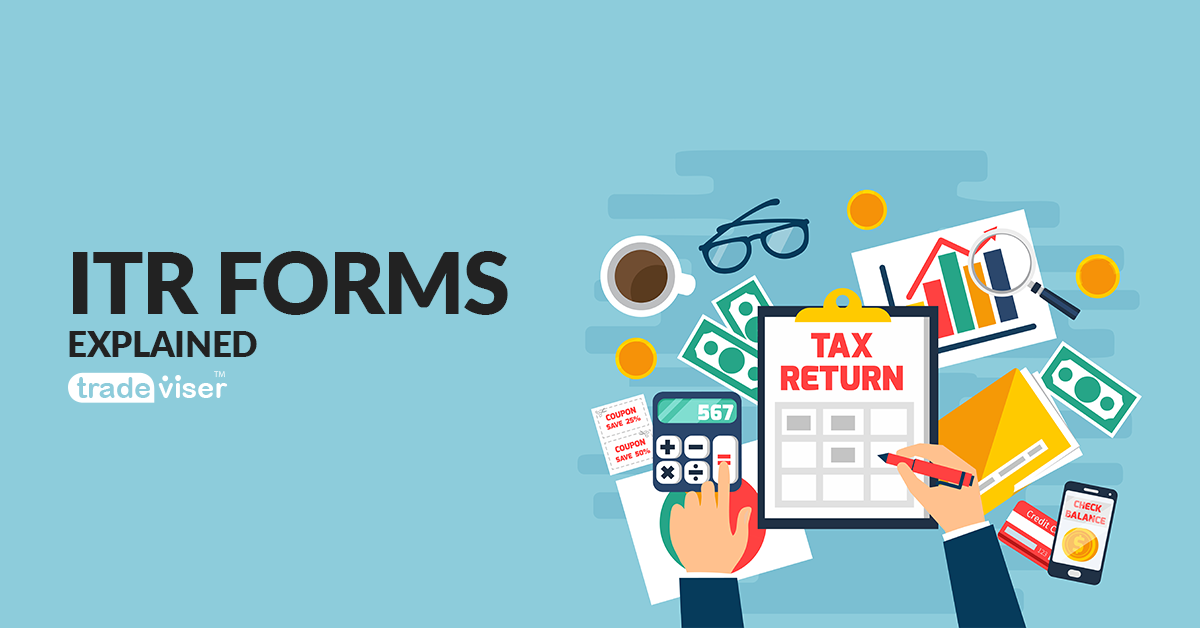ITR 2 Form Explained
ITR 2 form is for Individuals or Hindu Undivided Families not having Income under the head Income from Profits & Gains from Business and profession. There is no restriction as of total income or residential status under this form unlike ITR 1 SAHAJ. Which means Ordinary residents, non-residents or not ordinary residents can also file returns using this form. This form also supports filing of returns for individuals holding directorship in companies or holding equity shares in unlisted companies.
Who should be filing ITR 2 ?
An Individual or a Hindu Undivided Family having income from the following heads of income can file their income tax return using this form:
- Salary/Pension
- House Property
- Capital Gain
- Other Sources
Who cannot file ITR 2 ?
This form is applicable only for Individuals or HUF; so companies, firms or other class of assesses cannot file their tax return using this form. Apart from the above mentioned assesses following persons will not be able to file their income tax return using ITR 2:
- Assesses having Income from Profits and Gains from Business and Profession,
- Assesses filing income tax return under presumptive basis,
- Assesses other than Individuals or HUFs
ITR 2 Form Explained
Part A-GEN:
Almost all the contents of the form under Part A-GEN is self-explanatory. Aadhar has been made mandatory and an individual assesse has to mandatorily quote Aadhar or Aadhar Enrollment ID to file the income tax return. Details of directorship held or investment made in equity shares of any unlisted company have to be mentioned under this part..
Schedule S: Income from Salary Details:
All the details regarding Income from salary, allowances, perquisites and deductions have to enter under this schedule.
Schedule HP: Income House Property Details:
Mention all the details regarding income from house property, ownership particulars and PAN of tenant if available. Also note that you can enter details of income from multiple house properties held.
Schedule CG: Income From Capital Gains Details:
Enter all the details regarding income from both Short Term Capital Gains and Long term Capital gains here.
Schedule OS: Income from other Sources Details:
Provide the details of income from other sources, including interest from saving bank accounts, deposits, income tax refunds, etc. along with the applicable deductions.
Schedule CYLA: Details of Current Year Losses Setoff:
Give details and any current year losses setoff and details of amount remaining after setoff.
Schedule BFLA: Details of Brought Forward Losses:
Here you need to provide details of losses brought forward from previous years in any, and income after such setoff.
Schedule CFL: Details of Losses Carry Forward:
Here you need to mention details about losses to be carried to future years if any with breakup of heads along with amounts.
Schedule VI A: Details of Chapter VI A Deductions:
All information regarding Chapter VI A deductions in respect of payments made and in respect or incomes i.e. under section 80C, 80G, 80QQB, 80RRB, 80TTA, 80TTB & 80U.
Schedule 80G: Details of Deductions under section 80G:
Here the breakdown of details of any deductions claimed under section 80G has to be explained as claimed above under chapter VI A
Schedule 80GGA: Details of Deductions under section 80GGA:
Same as above the breakdown of details of any deductions claimed under section 80GGA has to be explained as claimed above under chapter VI A
[pdf-embedder url=”https://d8vlfmb7h3xtl.cloudfront.net/wp-content/uploads/2019/04/ITR-2.pdf” title=”ITR 2″]
Schedule AMT: Computation & Details of Alternate Minimum Tax:
Details and computation of Alternate Minimum Tax under section 115JB has to be mentioned in this section of the form.
Schedule AMTC: Details of Alternate Minimum Tax Credit:
Information of AMT credit and its utilization under section 115JC has to mentioned in this part of the form.
Schedule SPI: Details of Income Clubbed with Assesse:
In this part of the form details of income if any clubbed with the assesse under section 64 have to be mentioned and computed accordingly.
Schedule SI: Details of incomes chargeable under special rates:
Under this part amount of tax which has been charged under special rates such as STCG or LTCH @ 15%, 30% or 10% have to be mentioned.
Schedule EI: Details of Exempted Income:
Details of Exempted income which are not included in total income and details of income not chargeable to tax have to be mentioned here.
Schedule PTI: Details of Pass through Income:
Details of Pass through income as per section 115UA and 155UB are to be mention under this part of the form.
Schedule FSI: Details of income outside India and Tax relief:
Details including Tax Payers Identification number and total taxes paid outside India including relief available and claimed during the assessment year have to be provided for here.
Schedule TR: Details of Tax Relief claimed for taxes paid outside income
Summary of Tax Relief claimed for taxes paid outside are to be mentioned here.
Schedule FA: Details of foreign assets held and income or any source outside India
Details of Foreign Depository Accounts held including any beneficial interest at any time during the relevant accounting period are to be mentioned here.
Schedule 5A: Details for assesses having apportionment of income between spouses governed by Portuguese civil code are to be mentioned under this part of the form.
Schedule AL: Details of Assets & Liabilities as on the end of year
Details of Assets and Liability held as on the end of the year have to be mentioned here. This section is only applicable for assesses having total income above INR 50 Lakhs.
PART B-TI: Computation of Taxable Income
Your Taxable Total Income is computed under this part of the from.
PART B-TTI: Computation of Tax Liability on total Income
Tax liability is computed based on the Taxable Total Income as computed above
Taxes paid and Bank Details
Bank Details: Give the details of all the operating bank accounts held as on the date of filing, also make sure you provide the details of your primary account if you are eligible to receive any refunds.
Tax Details: Many first time assesses make a mistake of just computing their tax payable and file their tax return after computation and later end up getting a demand from the income tax department for the tax. Here lets us make clear that the tax computed as payable above has to be paid if not paid in advance and details of such amount paid have to inform in this part of the ITR 1 form.
If any TDS/TCS have been deducted from your income mention the details of such amount deducted in this section.

